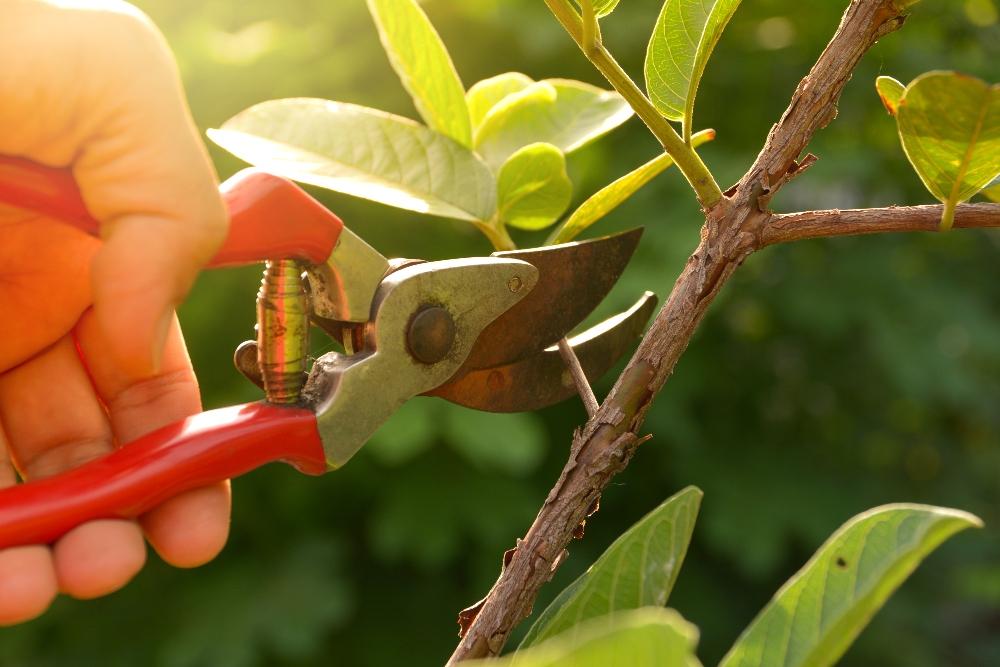Pruning trees to control growth is an essential practice for maintaining the health and appearance of your trees. By selectively removing branches, you can direct the growth of the tree, improve its structure, and promote overall vitality. Proper pruning techniques not only help control the size of the tree but also ensure optimal wound closure and reduce the risk of disease. Understanding the importance of pruning and the science behind it can lead to stronger and more resilient trees in your landscape. To achieve the best results, it’s crucial to prune at the right time and in the right way, considering factors like tree species and local climate conditions. To learn more about the benefits and methods of pruning for growth control, delve into the science-based approaches and guidelines provided by experts in the field [1][2][3].
Benefits of Pruning Trees for Growth Control
Pruning trees is essential for maintaining their shape, health, and overall growth. By strategically trimming branches and foliage, you can control the size and direction of a tree’s growth. This process helps to promote a strong structure, encourage new growth, and prevent overcrowding of branches. Additionally, pruning can improve air circulation and sunlight exposure, which are crucial for the tree’s overall health.
Key Techniques for Pruning Trees:
- Thinning: Removing select branches to allow more light and air to reach the tree’s interior.
- Heading: Trimming the tip of a branch to encourage lateral growth.
- Deadwooding: Removing dead or diseased branches to prevent the spread of disease.
Best Timing for Pruning to Control Growth:
- For most trees, late winter or early spring is the best time to prune for growth control.
- Avoid pruning during the fall, as it can stimulate new growth that may be damaged by winter frost.
Common Mistakes to Avoid When Pruning for Growth Control:
- Over-pruning, which can weaken the tree and make it more susceptible to disease.
- Pruning incorrectly, such as cutting too close to the trunk or leaving stubs.
Choosing the Right Tools for Pruning Trees:
| Tool | Use |
|---|---|
| Pruning Shears | For small branches and precision cuts. |
| Lopping Shears | For thicker branches that are out of reach. |
| Pole Pruners | For trimming high branches without the need for a ladder. |
Maintaining Healthy Trees through Regular Pruning:
Regular pruning is key to keeping your trees healthy and strong. By following proper pruning techniques and timing, you can control growth, promote new growth, and prevent disease. Remember to always use the right tools and avoid common mistakes to ensure your trees thrive for years to come.
Q&A
Q: Why is pruning important for controlling the growth of trees?
A: Pruning is essential for controlling the growth of trees because it helps maintain their shape, size, and overall health. By selectively removing branches, you can redirect growth, promote stronger branch structure, and prevent limbs from becoming a hazard. Pruning also encourages new growth and can enhance the aesthetics of the tree.[3]
Q: Does pruning actually stimulate new growth in trees?
A: Yes, pruning does stimulate new growth in trees. It may seem counterintuitive, but when you prune a tree, it triggers a response that leads to the development of new shoots and branches. The more a plant is pruned, the more extensive its regrowth tends to be. This regrowth can help rejuvenate the tree and improve its overall vitality.[2]
Q: Does pruning trees improve their health?
A: The practice of pruning trees does not necessarily lead to improved tree health. While pruning can address structural issues and promote tree longevity, there is only a tenuous scientific link between pruning and overall tree health improvement. It is important to approach pruning with specific objectives in mind, such as enhancing tree structure, rather than solely focusing on health benefits.[1]
Conclusion
the practice of pruning trees to control growth is essential for maintaining the health and shape of plants. By understanding the principles of tree pruning, such as making reduction cuts and controlling branching, individuals can effectively manage tree growth and prevent conflicts with infrastructure or buildings1. Additionally, proper pruning techniques can enhance the regeneration capacity of plants and influence the contents of metabolites, ultimately contributing to sustainable practices in urban settings3. While heavy pruning may have implications on tree development, strategic pruning can lead to healthier and more aesthetically pleasing trees. As we continue to prioritize the maintenance of trees through pruning, we can improve our quality of life and foster a greener environment for generations to come.
References:
1. [1]
2. [2]
3. [3]
Simpsons Tree Services, Servicing Melbourne’s North Eastern Suburbs
Book a quote online at www.simpsonstrees.com.au




